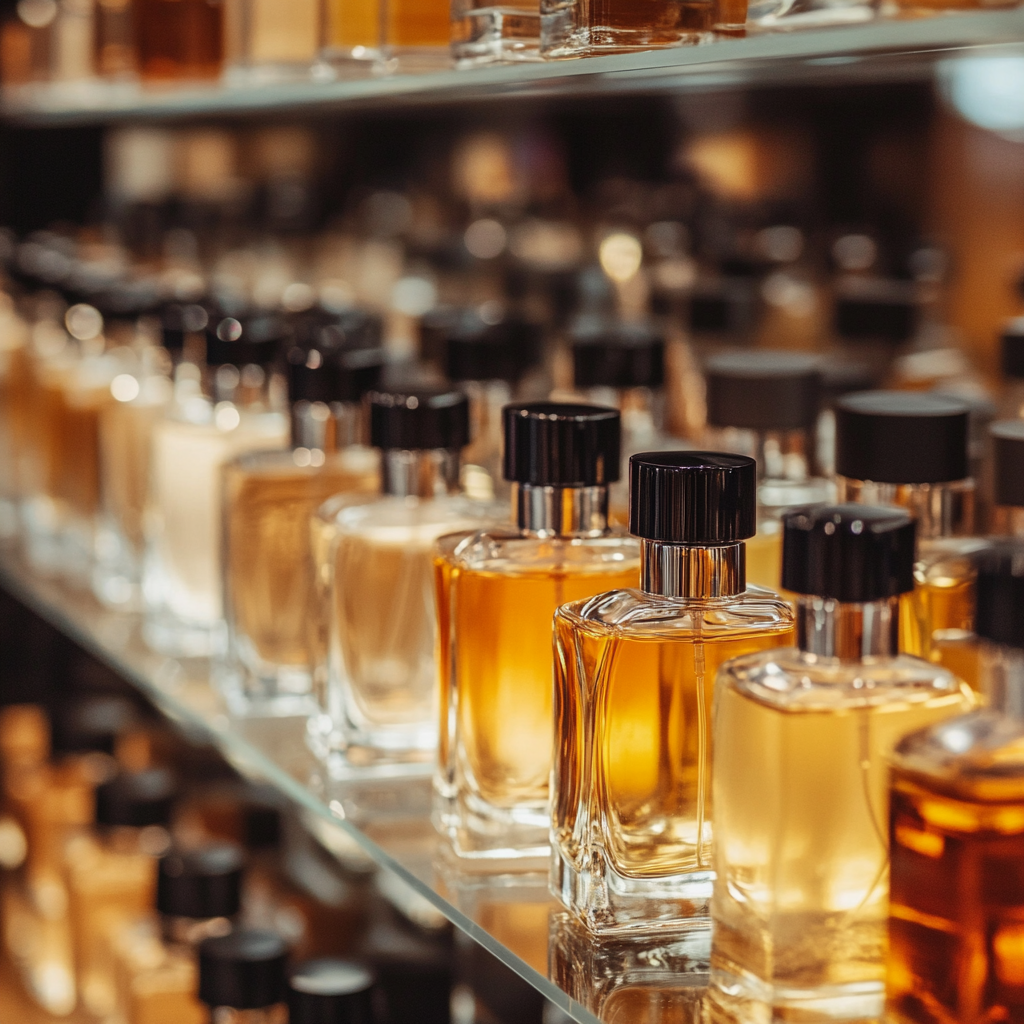Shipping perfumes is more complex than mailing everyday consumer goods due to their classification as hazardous materials. Perfumes often contain alcohol and other flammable substances, which are regulated under various international and national transport laws. Compliance with these rules is essential to prevent penalties, delays, or the return of shipments. Organizations like the International Air Transport Association (IATA) and the U.S. Department of Transportation (DOT) have specific frameworks for classifying and handling such goods, and shippers must follow them precisely.
IATA regulations, for instance, classify perfumes under Class 3 (Flammable Liquids), meaning they cannot be shipped in unlimited quantities or without special packaging and labeling. Likewise, DOT’s Hazardous Materials Regulations (HMR) enforce strict controls on the domestic movement of fragrances, including who is allowed to transport them and under what conditions. If you’re exporting, you’ll also need to observe country-specific import/export rules, which can vary widely—some nations ban the import of alcohol-based goods altogether, while others impose special tariffs or inspection protocols.
Packaging Guidelines to Ensure Perfume Safety During Transit
Proper packaging is the first and most important line of defense in maintaining perfume safety during transit. Since perfumes are both fragile and flammable, packaging must provide structural integrity, chemical containment, and shock absorption. Start by using leak-proof primary containers made of glass or specialized plastics that are resistant to the perfume’s chemical composition. Each bottle should be sealed securely with a tamper-evident cap or shrink band.
The next layer of defense is the secondary packaging, which must include materials like foam inserts, bubble wrap, or dividers to prevent movement during handling. These elements should cushion the bottles and protect them from mechanical stress or sudden impact. For bulk shipments, using inner packaging surrounded by absorbent material, and then placing it in a strong outer box marked “This Side Up,” can significantly reduce the risk of leakage or breakage. This outer box should meet the UN performance standards for shipping hazardous materials.
Equally important is temperature sensitivity. Perfumes can degrade or even become dangerous if exposed to high heat. That’s why insulated packaging or temperature-controlled shipping should be considered, especially during summer or in warmer climates. The goal is to ensure that the perfume arrives at its destination intact, with its fragrance profile undisturbed and its packaging unblemished. Failing to meet these conditions can affect both safety and brand credibility.
Labeling and Documentation for Compliance
Once perfumes are packed correctly, the next critical step is ensuring that all shipments are accurately labeled and fully documented. This is not just a procedural formality—it’s a legal obligation. All perfume shipments must carry the appropriate hazard labels, including the flammable liquid diamond (Class 3) symbol. If the perfume qualifies under limited quantity provisions, it should still bear a “Limited Quantity” mark, typically a black-and-white diamond.
Labels must be clearly visible and durable, capable of withstanding moisture, abrasion, and temperature changes throughout transit. Additionally, the package orientation arrows, indicating which side should remain upright, are crucial for proper handling. For international shipments, including a Material Safety Data Sheet (MSDS) or Safety Data Sheet (SDS) is usually mandatory. This document details the chemical makeup of the product and provides emergency handling instructions, which are vital for customs clearance and emergency response.
Documentation also extends to shipping papers like the Shipper’s Declaration for Dangerous Goods, commercial invoices, and export/import permits. Mistakes here—such as incorrect UN numbers or incomplete forms—can delay customs clearance or lead to confiscation. Therefore, it’s essential to keep a checklist and verify all paperwork before dispatch. Professional freight forwarders or third-party logistics providers often offer services to handle this, ensuring legal compliance and smooth operations.
Choosing the Right Shipping Carrier and Method
Selecting a shipping carrier is not just a cost-driven decision when it comes to perfumes. Since you’re dealing with regulated goods, not all carriers will handle fragrance shipments, especially those that qualify as hazardous. First, confirm that the carrier is certified to transport dangerous goods and has experience with Class 3 flammable liquids. Choosing a provider familiar with these requirements significantly lowers the risk of mishandling and delays.
Beyond certifications, evaluate the shipping method that best suits your perfume type and destination. For instance, air freight offers speed but comes with stricter IATA guidelines, limited capacity, and higher costs. In contrast, ground shipping may be more lenient but is not ideal for long-distance international delivery due to extended transit times. Sea freight is another option for bulk shipping, but it typically requires longer lead times and more complex documentation. Your method should balance urgency, cost, and regulatory complexity.
Moreover, consider the value-added services offered by some carriers. Features like real-time tracking, temperature control, and insurance coverage for high-value items can make a big difference in both safety and customer satisfaction. Establishing a strong relationship with a logistics partner who understands the nuances of perfume shipping can streamline your process and mitigate risks. Partnering with the right experts translates to fewer headaches and greater efficiency.
Handling and Storage Tips to Maintain Perfume Quality
The delicate nature of perfume compositions demands careful handling and thoughtful storage throughout the shipping process. Even if regulations are met and packaging is flawless, poor handling can still compromise the product’s integrity. From the moment the item is packed until it reaches the end customer, it must be treated as a fragile and temperature-sensitive good.
When storing perfumes before shipment, always use cool, dark, and dry environments. Exposure to sunlight, heat, or humidity can cause chemical breakdowns in the fragrance, altering both its smell and safety profile. Warehouses and fulfillment centers should maintain controlled temperatures (ideally between 15–25°C or 59–77°F) and avoid storing perfumes near other chemicals or flammable substances that could create hazardous reactions.
During transportation, instruct all handlers to treat perfume packages with special care. Packages should never be thrown, dropped, or stacked in unstable positions. Using “Fragile” and “This Side Up” labels is helpful, but training warehouse staff and drivers in handling standards is even better. With proper oversight, you reduce the chances of damages, claims, and product loss—ensuring that the end consumer receives a fragrance that is just as refined as when it left your facility.
Summary of Best Practices:
- Always verify if your perfume product qualifies as a hazardous material under IATA or DOT regulations
- Use leak-proof bottles, protective inserts, and temperature-resistant packaging
- Apply proper labels including hazard symbols and orientation arrows
- Choose a certified shipping carrier familiar with dangerous goods protocols
- Store perfumes in cool, dry, dark places and avoid stacking or rough handling
Also, read about innovations in cargo delivery for faster and safer shipping solutions.
FAQ
Can I ship perfume internationally by air?
Yes, but only with IATA-compliant packaging and documentation.
What label must appear on a box containing perfume?
A Class 3 flammable liquid diamond label is required.
Is temperature control necessary when shipping perfume?
It is highly recommended to preserve fragrance integrity.

